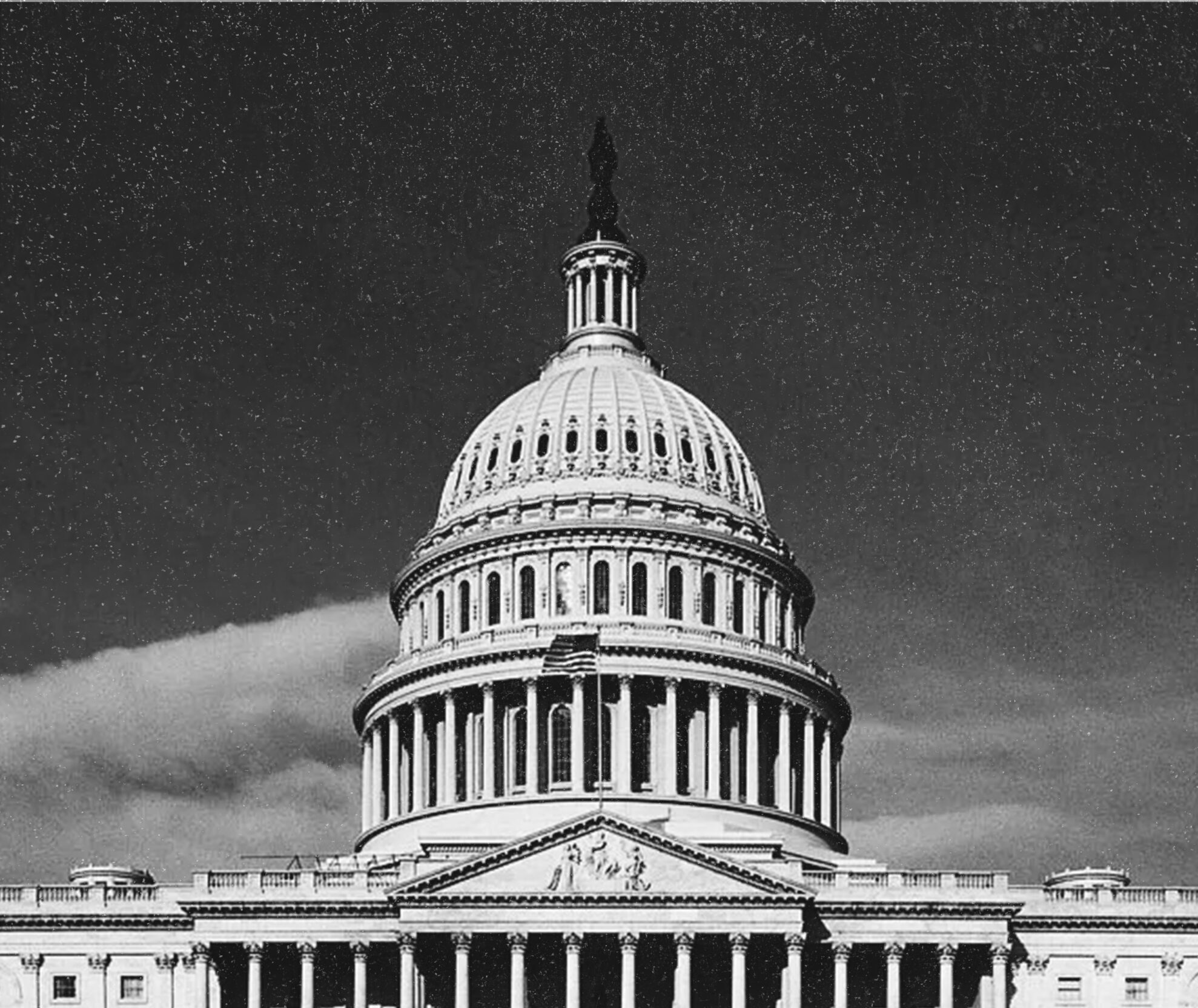
The Federal Reserve should have a single mandate focused on price stability. Monetary policy affects total spending, what economists call aggregate demand. In the short run, the Fed can keep the economy at full employment by stabilizing aggregate demand. In the long run, the Fed only affects the purchasing power of the dollar. Thus, anything in the Fed’s mandate beyond price stability is unnecessary at best and harmful at worst.
Even with a price stability mandate, it’s not obvious which rule the Fed should follow. There are multiple targets compatible with price stability. The most obvious is an inflation target: specifying and credibly committing to a growth path for the price level. Another option is a nominal GDP target: specifying and credibly committing to a growth path for total spending on final goods and services.
Under both rules, the speed at which the target level grows implies a definite target growth rate. For example, US nominal GDP is about $25 trillion. If the Fed adopts a level target consistent with 5 percent growth, nominal GDP will be about $26.25 trillion next year, about $27.56 trillion next year, and so on.
With a nominal GDP target, the Fed targets aggregate demand directly. Monetary policy keeps total spending, valued in current dollars, on a predetermined course. The supply side of the economy–natural resources, labor, capital, technology, and laws– determine the breakdown between inflation (price growth) and real income (output growth).
Underpinned by aggregate demand-stabilizing monetary policy, a productive economy will experience high growth in living standards and low growth in prices. An unproductive economy will experience low growth in living standards and high growth in prices. Importantly, monetary policy is doing all it can in either scenario. The Fed can keep the economy as productive as possible. But it cannot stimulate growth.
Nominal GDP targeting is compatible with price stability in the long run. Over shorter time horizons, supply shocks can move inflation off its growth path. But this is only temporary. Adverse supply shocks, such as pandemics and wars, lower productivity. They make it harder to turn inputs into outputs. If the Fed is targeting nominal GDP, growth falls and inflation rises in response to supply shocks. But pandemics eventually become endemic, and wars eventually end. Once supply problems work themselves out, inflation and output growth return to their pre-shock trends. While the price level may be permanently higher, price growth (inflation) is—dare I say it—transitory.
Should we prefer a nominal GDP target to an inflation target? Under the latter, supply shocks have very little effect on either inflation or the price level. When inflation rises, the Fed immediately brings it back down. But if that inflation was triggered by a supply shock, the Fed would be forced to contract total spending to ease price pressures. The result is higher unemployment and lower output growth than under a nominal GDP target.
All else being equal, more inflation is worse than less. However, at low levels, inflation is not terribly costly. There are some losses in the form of updating prices (menu costs) and economizing on cash (shoeleather costs). But these costs are negligible. In contrast, the welfare costs of unemployment are much more severe: human capital atrophies, resulting in lower real incomes. It certainly seems the net benefits of inflation targeting are smaller than those of nominal GDP targeting.
Both inflation targeting and nominal GDP targeting deliver price stability. The former does so more predictably, but its rigidity is also the source of its supply-side weakness. While we should not stubbornly insist on first-best policy if the second-best is all we can get, neither should we ignore the question of which policy is first-best. As long as we are reconsidering the Fed’s mandate, nominal GDP targeting should be on the table.




